Riccardo Muti conducts the Australian World Orchestra ★★★★
The concept of combining the excellence of Australian musicians working around the globe and getting them together for an annual series of concerts, directed by some of the most renowned conductors, is a brilliant one. Brother and sister team Alexander Briger and Gabrielle Thompson, the artistic and administrative leaders of the Australian World Orchestra (AWO), forged an enviable brand which has lost none of its shine since its inception some seven years ago. The logistics of such an enterprise are just as challenging as raising funds for it, particularly when such luminaries, as Simon Rattle, Zubin Mehta, or the invited Maestro for the current series of three concerts, Riccardo Muti, are engaged to conduct the AWO.
This is Muti’s second visit to Australia; his first to conduct a local orchestra. (He appeared here with his own orchestra when La Scala came to Sydney during the 2000 Olympic Arts Festival.) Despite his enormous reputation, the Concert Hall of the Sydney Opera House was far from full. Looking at the near-empty choir/gallery stalls, I was wondering if a last-minute rush – offered, say, to tertiary music students who could not possibly afford the expensive tickets – would have given them a lifetime experience while populating the unfilled rows. The joy of enjoying Muti’s art should not exclusively belong to the affluent.
The program consisted of two nineteenth-century masterworks: the Symphony No. 2 in D major, Op. 73 by Johannes Brahms, which was followed after interval by Pyotr Ilyich Tchaikovsky’s Symphony No. 4 in F minor, Op. 36. These two composers represent different facets of the Romantic era; nonetheless, their fundamentally divergent views about musical matters did not prevent them from respecting each other’s work. (They even met in person and apparently had a jovial meal at some stage later in their lives.) As a subtle connecting link, both compositions were written in the same year, 1877 – a sign of thoughtful programming, even if this detail would not necessarily add to anyone’s appreciation of the concert.
Continue reading for only $10 per month. Subscribe and gain full access to Australian Book Review. Already a subscriber? Sign in. If you need assistance, feel free to contact us.



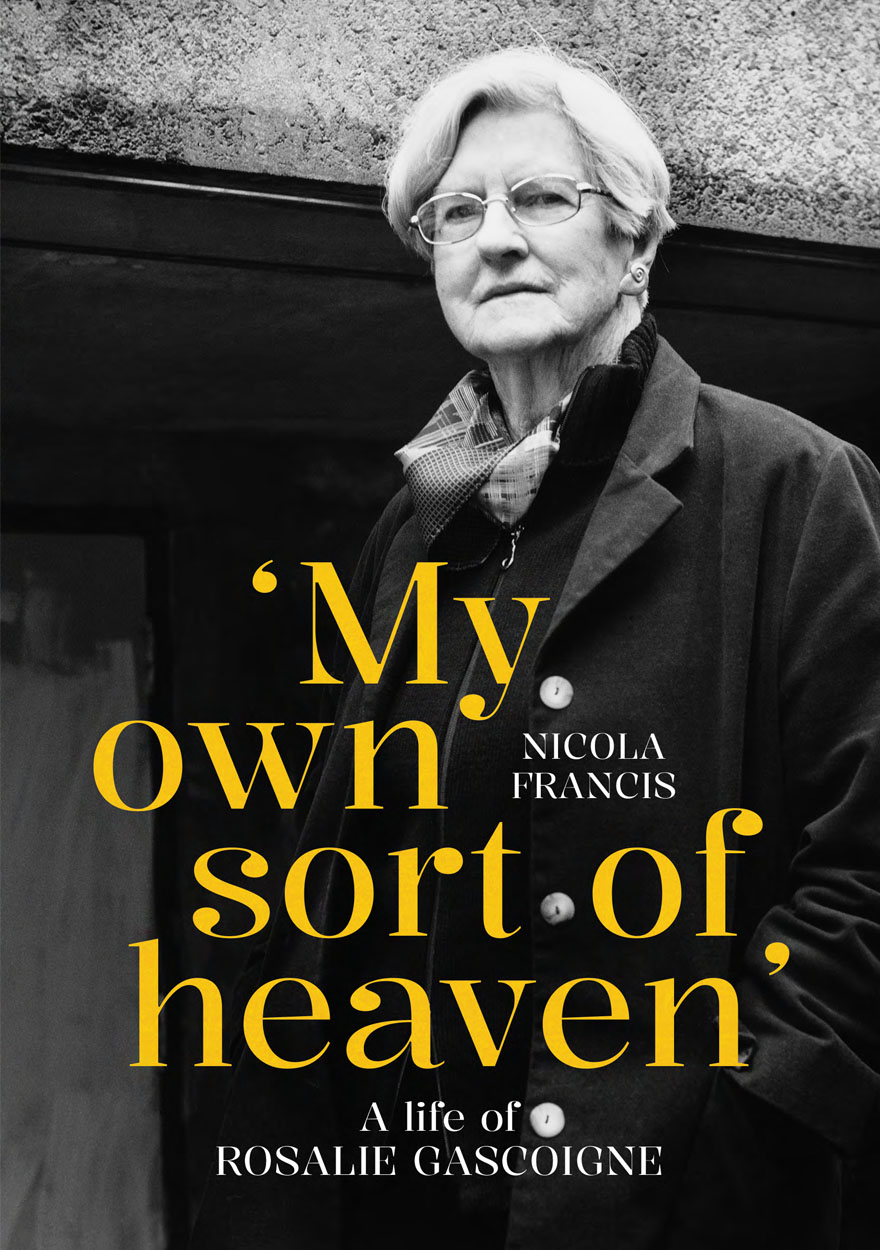

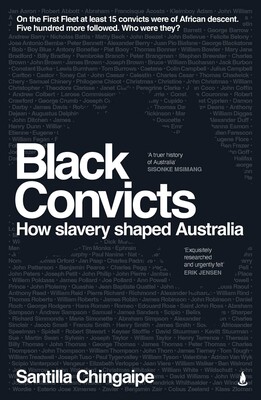
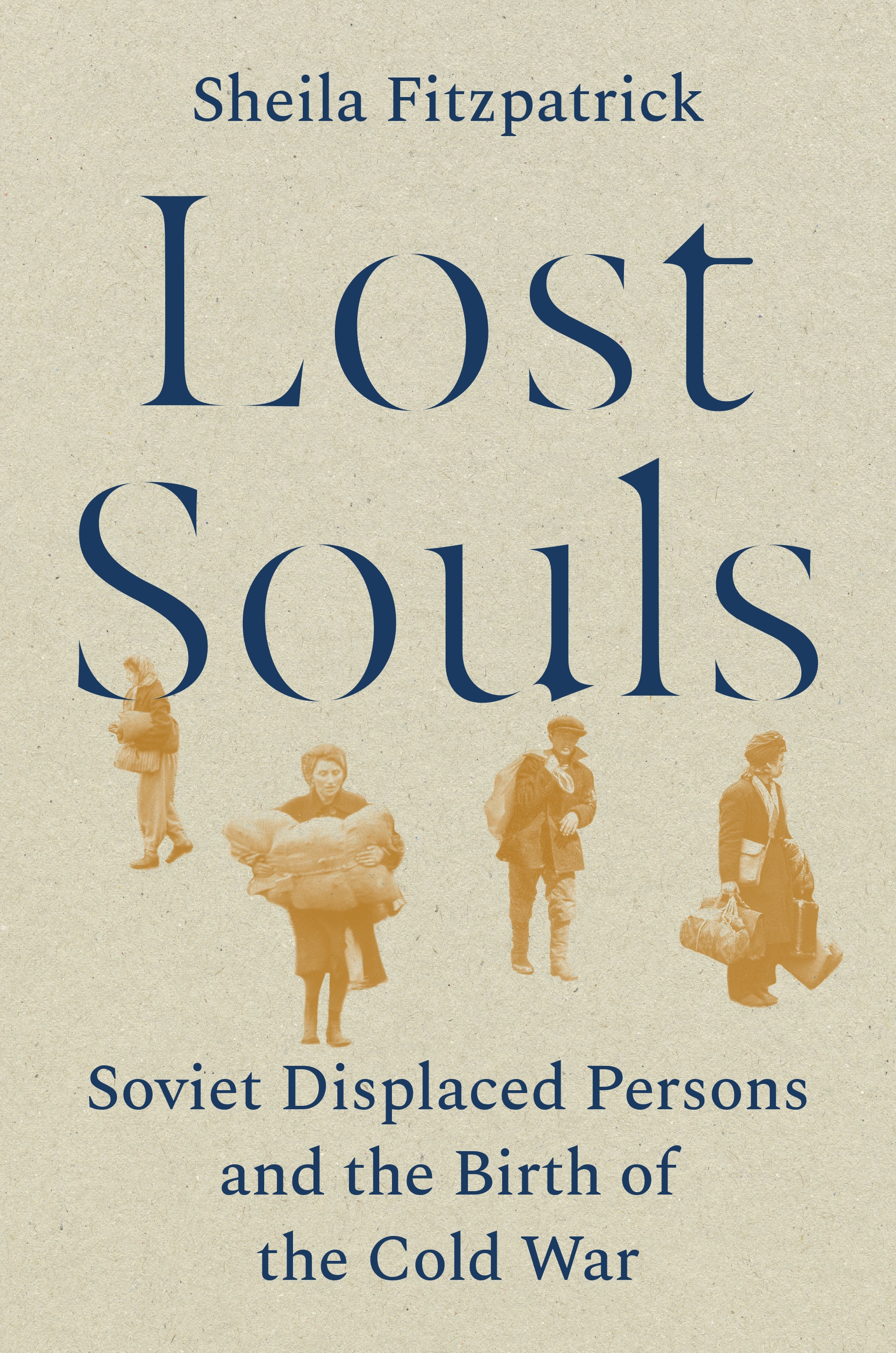

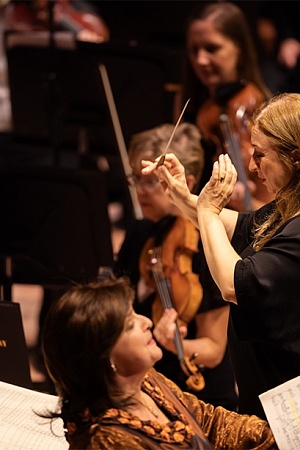
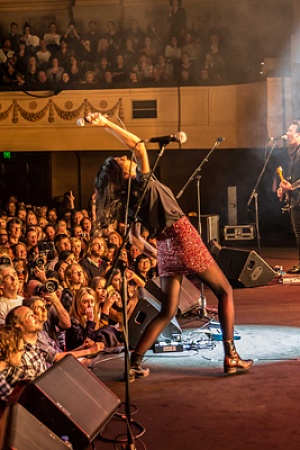





Leave a comment
If you are an ABR subscriber, you will need to sign in to post a comment.
If you have forgotten your sign in details, or if you receive an error message when trying to submit your comment, please email your comment (and the name of the article to which it relates) to ABR Comments. We will review your comment and, subject to approval, we will post it under your name.
Please note that all comments must be approved by ABR and comply with our Terms & Conditions.